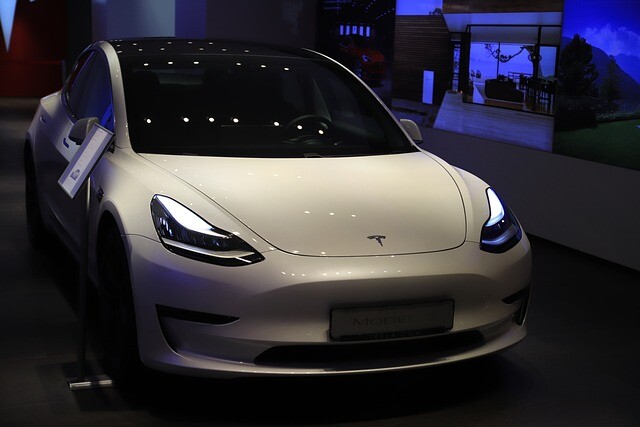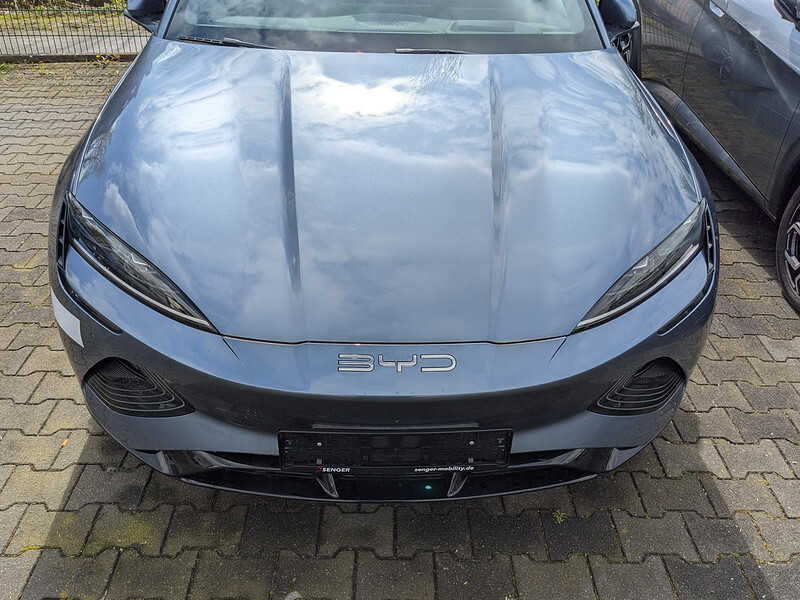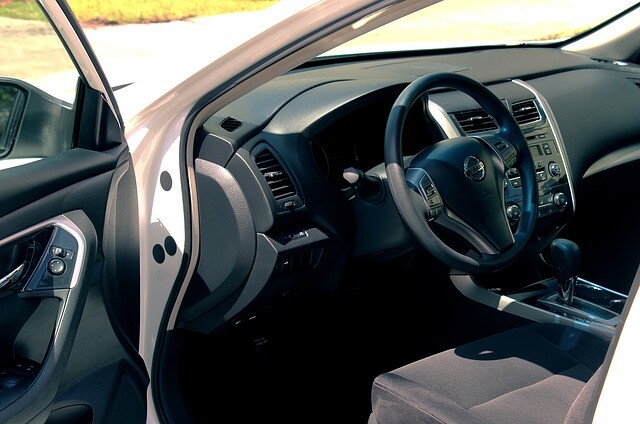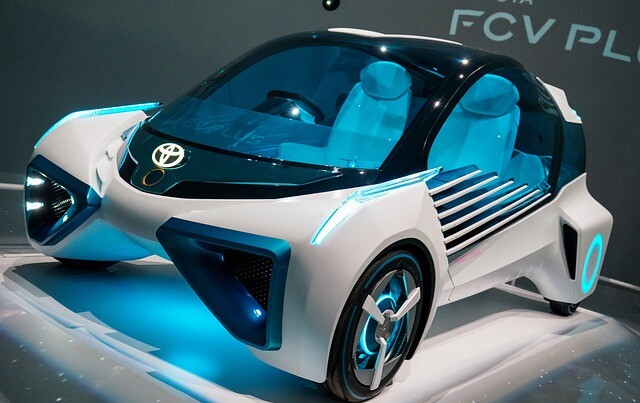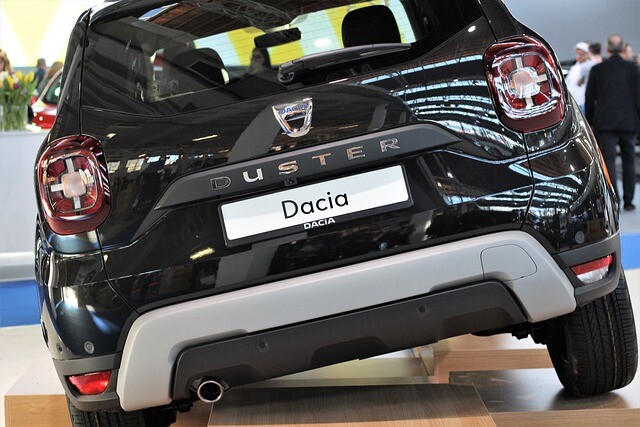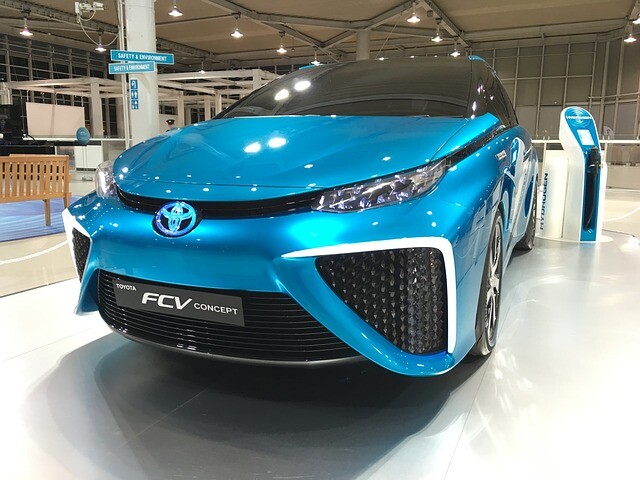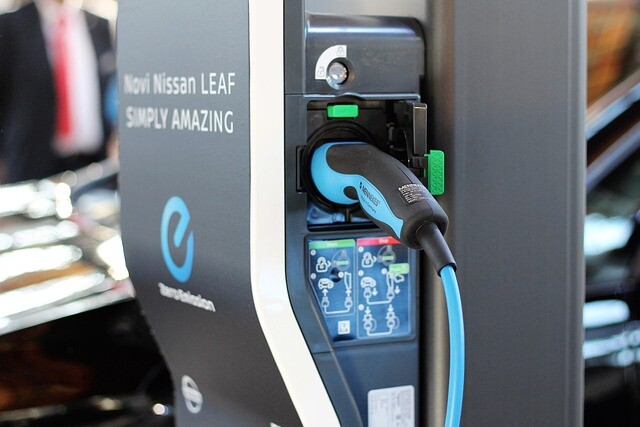Such is the self-governing world
The days of the traditional driving experience are numbered, with the rapid spread of autonomous cars, which are tempted by the promise of fatigue and accidents.
We sit in the car, start the engine, turn to gear, give gas, and start the steering wheel in the right direction. At this point, we are about to travel with our car, but in a few years, the formula may be completely different: we occupy the four-wheeler, tell him where we want to go, and from now on, all driving tasks are done by automation.

Cars can be classified into six categories based on the development of self-guiding functions.
At the zero level, there are older vehicles that do not have any driver support systems, and in which all driving tasks are carried out by the driver.
In the case of first-level self-driving cars, the vehicle is also completely under human control, but there are various basic driving support systems that can interfere with steering, braking and acceleration. Typically, you need to think about the cruise control, the adaptive cruise control, the lane departure monitor, and the track trap.
On the second level of self-guidance, the driver may be able to release the steering wheel for a short while, and the car will continue to move in the lane at the right speed. This is especially good if, for example, driving opens a refreshment or modifying the navigation settings. Most of the new cars that are on the market today have this kind of self-drive, that is, level two.
The world's first vehicle with three-tier self-driving technology has made its debut two years ago. In such a high-level automated car, we may be focusing on something completely different from driving for a while, but we must be constantly on standby if there is a need for human intervention for an unexpected traffic situation.
In the first four-level self-driving cars that come out in 1-2 years, the promises will not even be an obstacle for the driver to snooze easily. However, even with these vehicles, there may be a situation where the on-board computer calls for human intervention.
According to industry estimates, five-level self-driving cars arriving in 3-4 years will be the first vehicles to be fully autonomous. In these wagons, even those in the front seats can sit in the back of the car so that the manufacturers will not fit either the steering wheel or the pedal.
Summa summarum, fully self-driving cars will arrive very soon, but it is another matter that the legal and other regulations associated with them will only be made later than the cars themselves. And while decision-makers are not clearing all the questions, fully self-driving cars will not roll out.
(Source: hvg.hu / photo: pexels.com)

